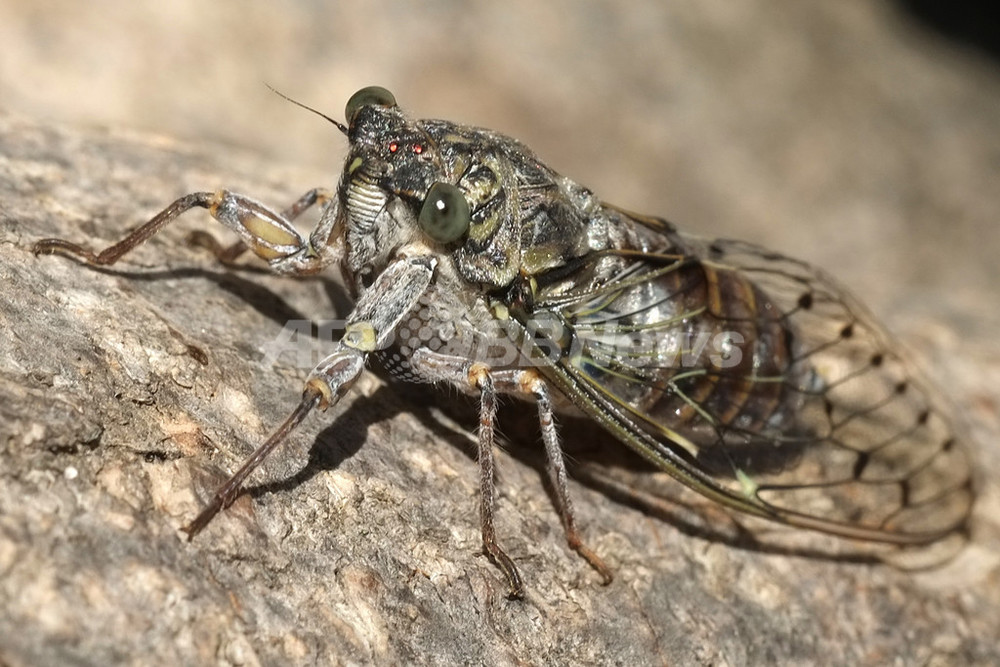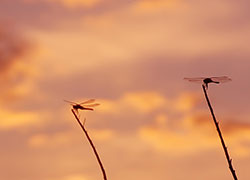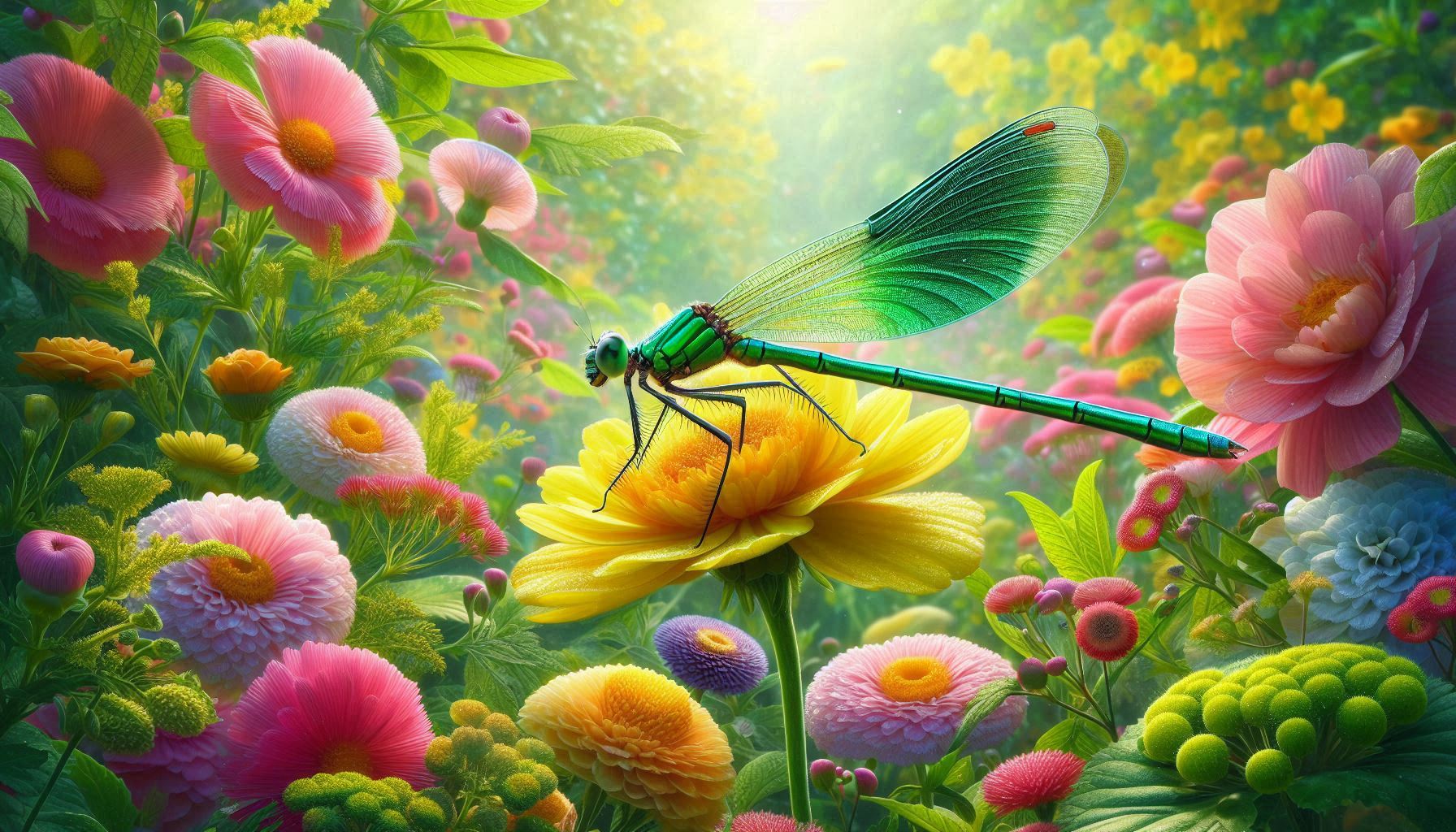While I was researching hovering, I came across the idea that dragonflies’ hovering is highly advanced even among insects. Dragonflies seem to use their advanced flying skills to catch small insects, and in particular to control the population of disease-carrying insects such as mosquitoes. Even when they are in the larval stage, they seem to prey on mosquito larvae such as mosquito larvae, so it seems like their dietary habits are consistent. Dragonflies seem to combine multiple highly functional elements, and the giant dragonfly in particular is sometimes said to be the strongest insect because it preys on hornets.
advanced flight performance
Dragonflies are a special species among insects that can move their front and back wings separately, and in addition to hovering, they have advanced flying capabilities that include forward and backward movement, sharp turns, and vertical ascent. In particular, when hovering, they move their front and back wings alternately, making it appear as if they are stationary in the air. Large species such as the giant dragonfly and the white-tailed skimmer can fly at speeds of over 60km per hour, and migratory species such as the hawker skimmer can travel several thousand km depending on the season. Even the Japanese giant hornet can only travel about 40km per hour, so the speed of the giant dragonfly is incredible.

Advanced visual information
Dragonflies have compound eyes made up of around 28,000 individual ommatidia, giving them a nearly 360-degree field of vision. It’s amazing that they have no blind spots. Dragonflies also have high visual time perception (temporal resolution), and can process information at 300 frames per second. Humans can process 65 frames per second, while the highest speed for a vertebrate is a bird called a flycatcher at 146 frames per second, and a crown-of-thorns starfish at 0.7 frames. Dragonflies have the highest temporal resolution in the living world.

Advanced antibacterial function
Dragonfly wings have a line of tiny protrusions called nanopillars, each 24 nm high, on their surface, which appear to have the ability to cut through the cell membranes of bacteria and viruses. Their bactericidal ability is said to be enough to destroy 450,000 bacteria per 1 cm2 per minute. Cicada wings also seem to have a similar function, but it’s amazing that they are antibacterial structurally rather than chemically.

Other special abilities
The beauty of the wings of dragonflies flying under the sun is due to the reflection of light by a fine structure called structural color. Dragonflies flying under the sun are also perfectly protected from ultraviolet light, so the pigments of red dragonflies and other species are reduced and have antioxidant properties, while the white-tailed skimmer produces a wax-like substance that blocks UV rays.
In addition, it appears that there are many dragonflies with amazing abilities, such as the Otsunen Damselfly, which hibernates in environments at -30°C and may use a special antifreeze protein, and some nymphs that do not breathe through their gills but instead suck in water through their anus to take in oxygen.
There are many species of dragonflies, and they have adapted to a variety of environmental niches (still water, running water, wetlands, high mountains, etc.). Each species emerges and becomes active at different times, and catches different prey, so they are able to coexist without competing with each other.

Dragonflies are amazing
Dragonflies are semi-aquatic insects that have a nymph stage in the water and an adult stage in the air, and they seem to be involved in nutrient circulation between water and land, but the many advanced functions that dragonflies possess are amazing. Dragonflies are amazing. Living organisms on Earth are amazing.


